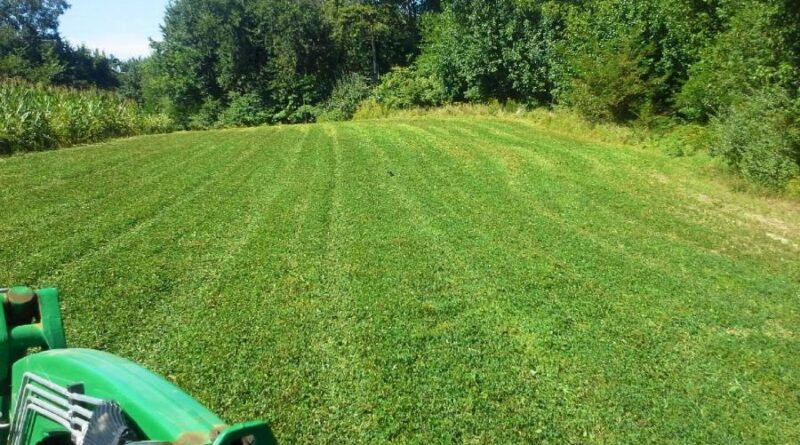The number of people growing their own food in the United States is rapidly increasing, and many of the people picking up a shovel to try their hand at gardening haven’t ever done it before.
Gardening and farming aren’t hard if you know what you’re doing, but if it’s your first time growing your own food, you should follow these eight helpful tips to be more successful.
1. Choose the Right Location
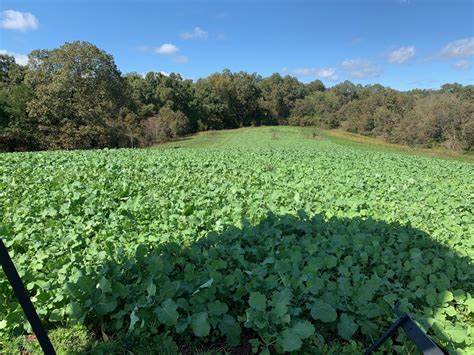
source: pinterest.com
You might not be able to choose the property or region for your food plot, but you should look for the best location within your property boundaries. Here is what to consider when deciding where to put your garden:
- Sun exposure– your plot needs at least six hours of direct sunlight daily.
- Water source– make sure there’s a water source located nearby.
- Soil quality– look for the area with the best soil.
- Fencing– in some regions, growing food with a garden fence is possible, so make sure you can install a fence at least 6-8 feet tall.
2. Test Your Soil
Your soil will likely need amendments like compost and fertilizer. However, since you can’t tell everything you need to know about your soil just by looking at it, you must get it tested. Contact your local extension office for assistance with obtaining test kits and locating nearby labs.
3. Add Soil Amendments
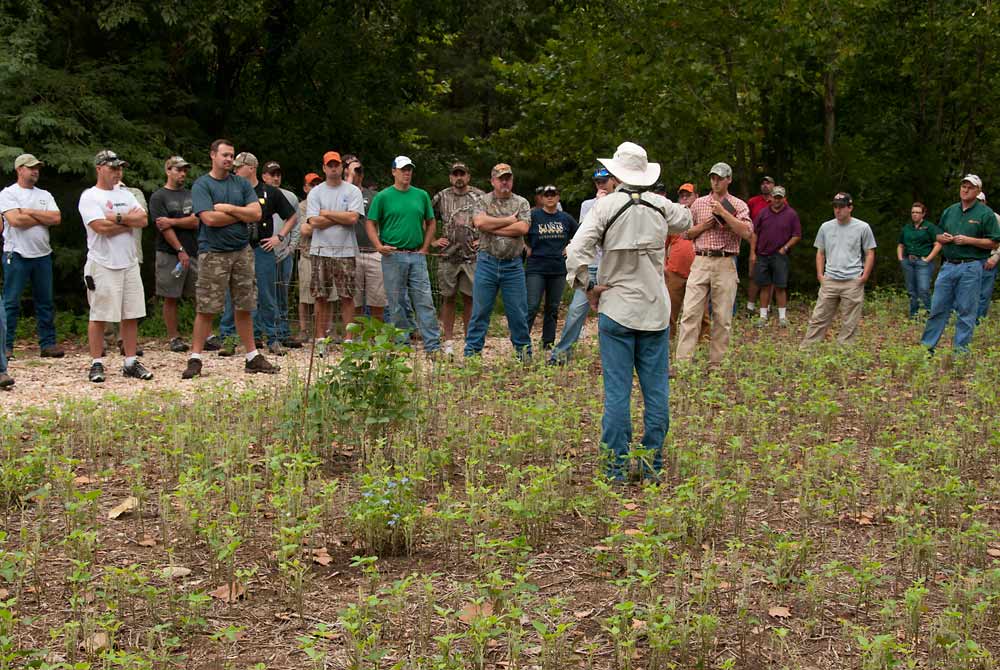
source: GrowingDeer.com
Your soil test kit results will help inform you about what type of nutrients your soil is missing. If you choose a manufactured fertilizer, pick one with the proper ratio of N-P-K (nitrogen, phosphorus, and potassium) for your soil.
Adding organic matter to your soil in the form of manure will help improve the structure and will also add nitrogen that’s readily available to your plants. Manure should be aged to keep from “burning” your plants.
Organic soil amendments help your soil retain moisture and improve aeration. If aged animal manure is hard to come by in your area, you can choose from several other types of organic matter. Composted leaves, peat moss, and black earth are a few options.
4. Outfit Your Tractor
Throughout the growing season, even before you start planting, you’ll spend a lot of time on your tractor. So outfit it with implements and attachments that make it more useful, safer, and easier to operate.
Canopies protect both the operator and the tractor from the elements. When you add a John Deere tractor canopy, it’s much more comfortable to operate your tractor, and since it’s rare to find perfect weather every time you need to use it, it will be worth every dollar you spend. Tractor canopies come in every color, so finding one that matches your tractor is easy.
Purchase implements for your tractor that help you become more efficient at gardening. Here are the top tractor implements to get for growing a food plot:
- Plow
- Tillers
- Disk harrows
- Garden bedders
- Spreaders
5. Till and Level Your Planting Beds
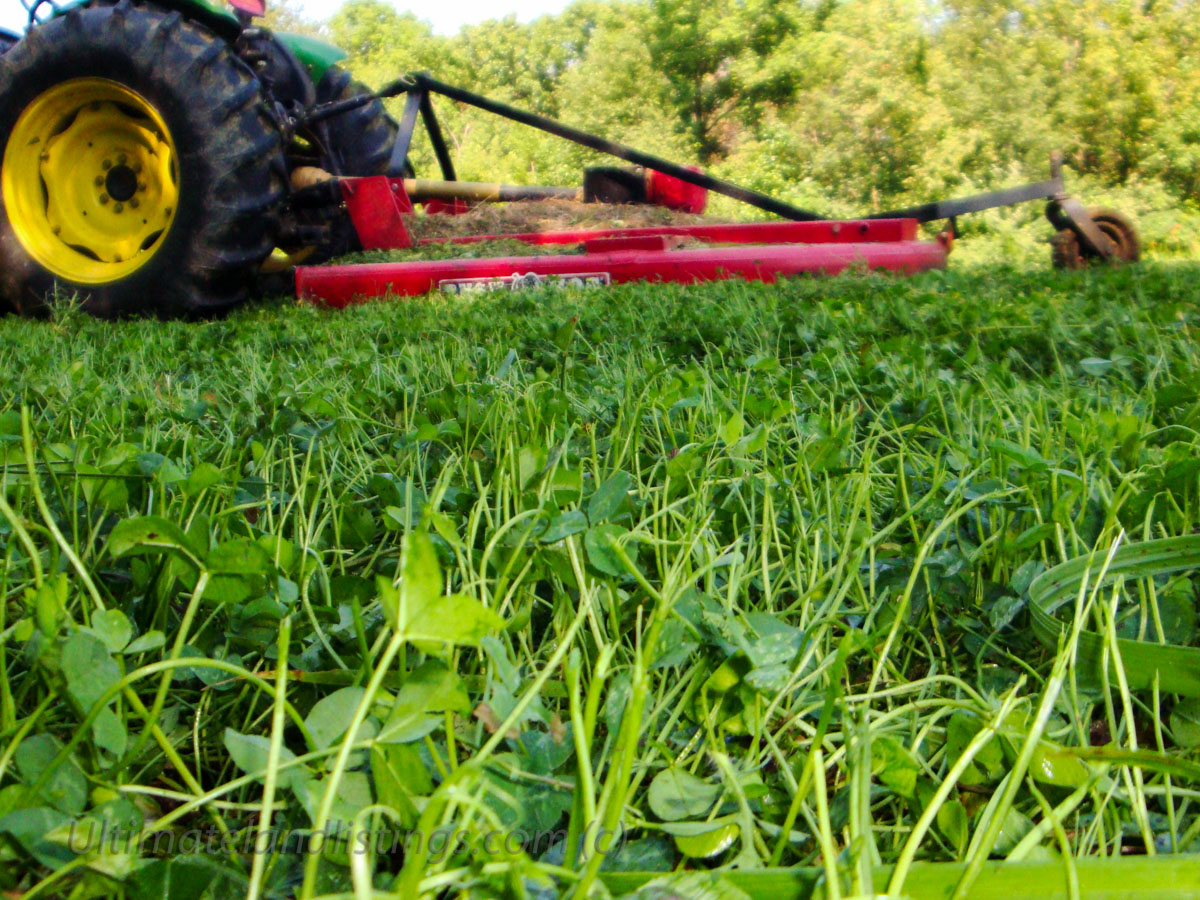
source: pinterest.com
An important part of gardening is soil preparation, which includes tilling and leveling your food plot. Your soil needs to be tilled at least eight inches deep. If you’ve added soil amendments, tilling them in and mixing them with the soil will help your plants develop better roots. Proper tilling will also aerate the ground, making it easier for roots to spread and absorb oxygen.
Small plots can be tilled by hand with a shovel or rototiller, but you must have a tractor if you have a large plot. Since tractors are made to last, purchasing a used tractor is a good choice if you don’t already have one.
6. Find the Best Seeds
The best seeds are the ones that are grown for your region. Find a seed grower in your region and order your seed through them. If you start with open-pollinated seeds, you can save your own seed after the first season, but you should be aware that some species of vegetables will cross-pollinate, which makes the seeds worthless. If you plan on saving your seeds, it’s worth studying more about best practices.
7. Use Mulch to Prevent Weeds
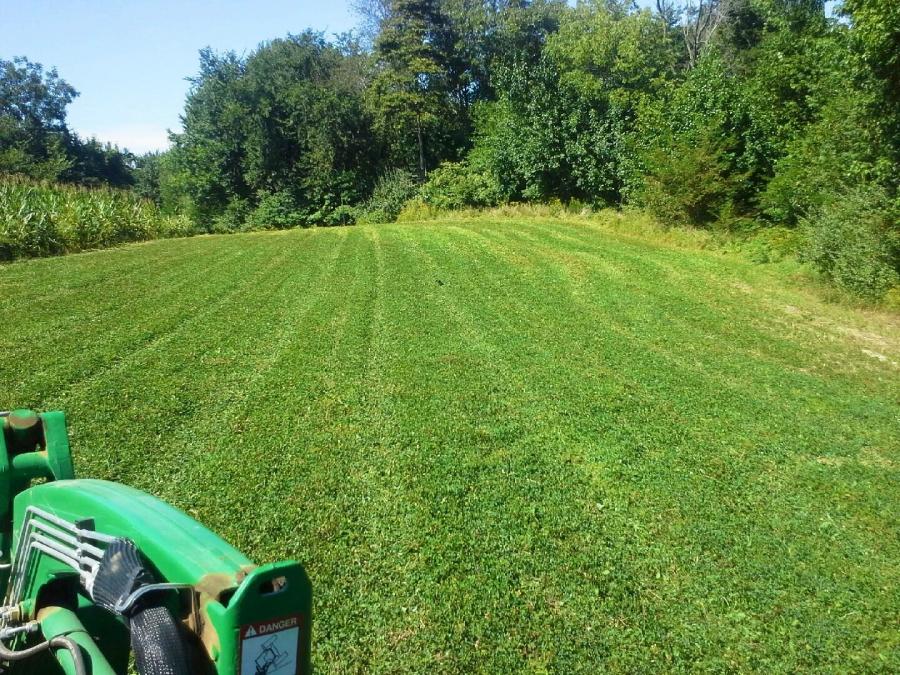
source: newjerseyhunter.com
Mulching your garden beds has several benefits. It will help conserve water and keep the roots of your plants cool on hot summer days. It suppresses weed growth, saving you a lot of back-breaking labor. Mulch also breaks down at the end of the season and adds organic matter to your soil, which improves its structure and helps it retain moisture.
You can use several different types of mulch. Weed-free mulch like straw, compost, sawdust, woodchips, and grass clippings can all be used. However, be aware that nitrogen is used to break down the organic matter in the mulch, so you might have to add more fertilizer to mulches that are hard to break down.
8. Rotate Your Crops
Rotating your crops will help in many ways. Rotating crops simply means moving your crops, so they aren’t planted in the same fields year after year. It helps prevent damage done by insects and other diseases. Some crops, like peas, help replenish soil nitrogen, while others are heavy nitrogen feeders. It makes sense to alternate growing these types of crops.

